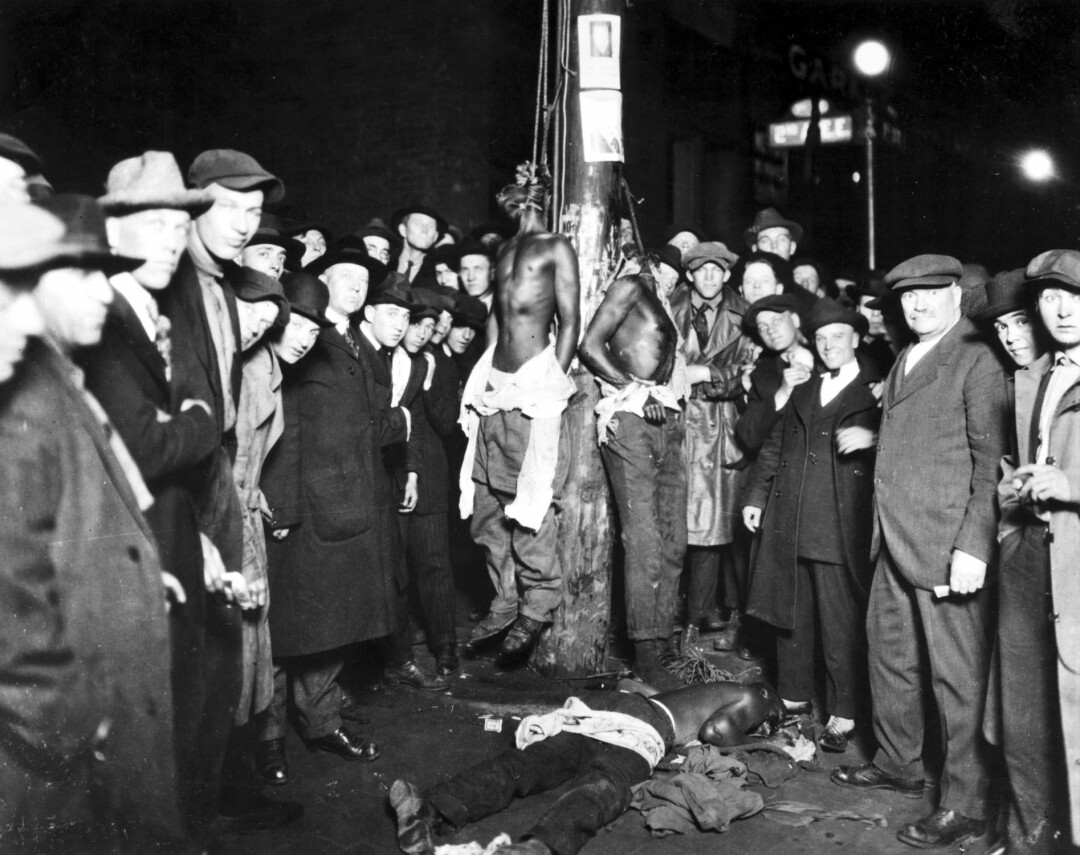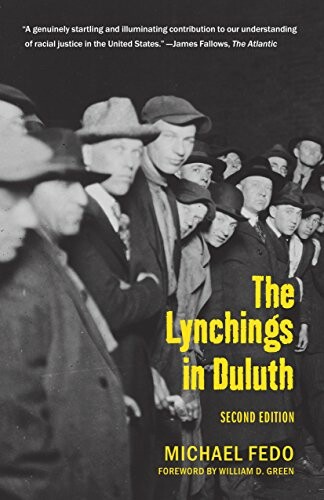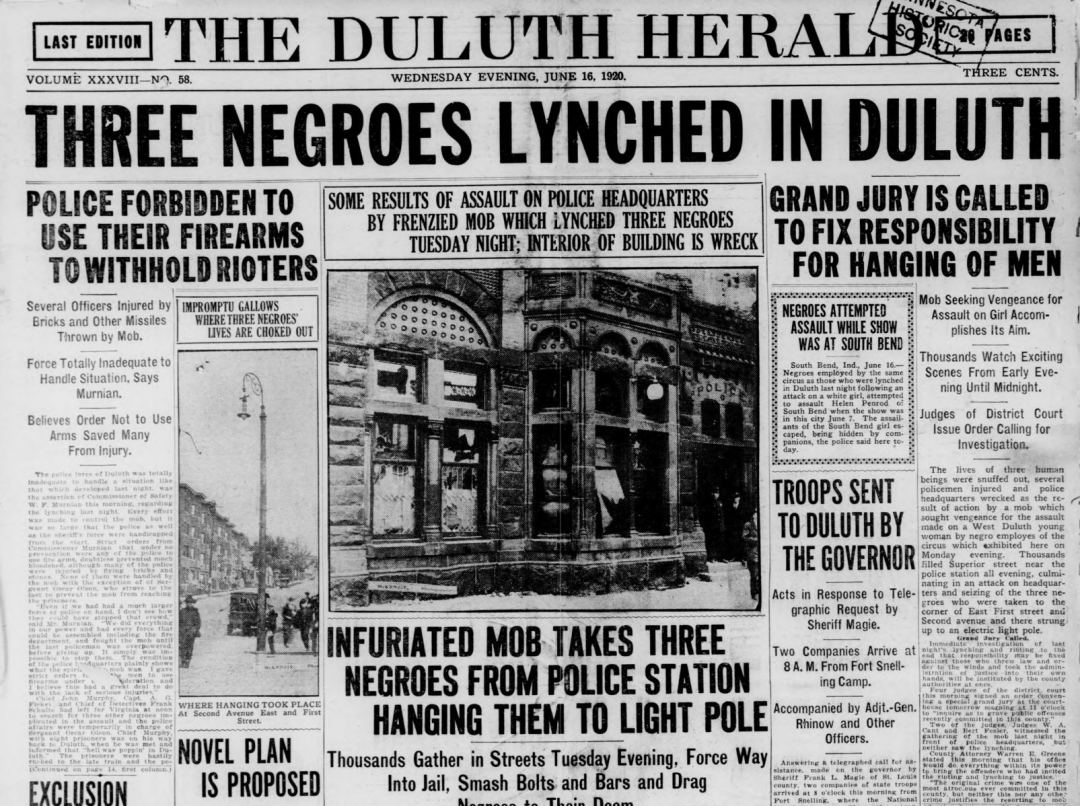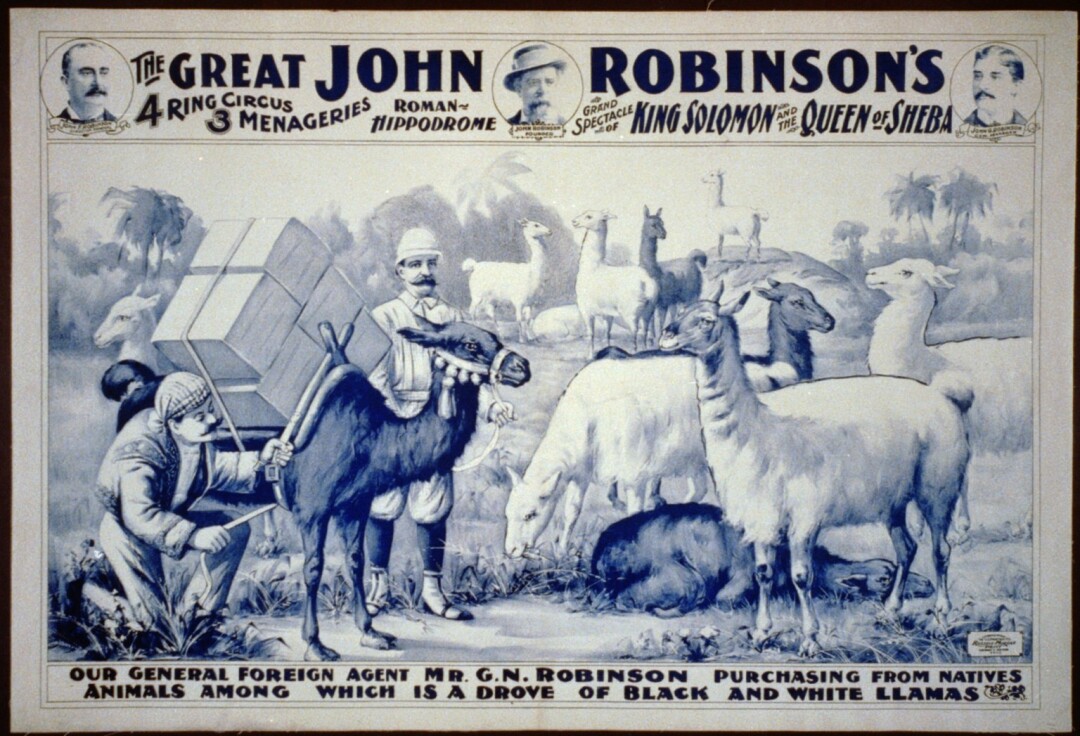News & Articles
Browse all content by date.

The somber public events that had been scheduled to commemorate the 100th anniversary of the lynching of three young black circus workers have been put on hold for the pandemic, which is unfortunate because, 100 years later, and we’re still randomly executing blacks.
The tragic irony of the murder on May 25 of George Floyd by Minneapolis police officers so close to the 100th anniversary of the June 15, 1920, lynchings of Elias Clayton, Elmer Jackson and Isaac McGhie would have put Duluth on high alert had the various gatherings and parade been allowed. Now most of the righteous indignation will be expressed virtually, although an event was held at the Clayton Jackson McGhie Memorial June 8.
Until 1979, Duluthians held their heads high knowing they lived in a clean and upright city. We could feel morally superior to the uncouth, pointy-hatted redneck Southerners because we here in Duluth would never form a mob and lynch three innocent men.
It was 1979 when that was all changed by Duluth native Michael Fedo, who punched Duluthians collectively in the face with the release of his book "They Was Just Niggers," the true tale of a 19-year-old West Duluth woman and her 18-year-old male companion who attended John Robinson’s Circus – in Duluth for one night only – June 14, 1920.
The couple claimed they had been held at gunpoint by a group of black male circus workers, who sexually assaulted the woman. The young man’s father reported the incident to the police the next morning. The police stopped the circus from leaving for its next destination and rousted the black roustabouts, bringing 10 to jail.

The story made the front page of the Duluth Herald on the 15th – WEST DULUTH GIRL VICTIM OF SIX NEGROES was the boldfaced headline in that day’s newspaper – and that night a mob estimated in the thousands stormed the police station on Superior Street, grabbed Clayton, Jackson and McGhie from their cells, beat them, and lynched them from a light pole a block up the street from the police station.
The next day’s Herald told the story of the mob murder of the three men (banner headline: THREE NEGROES LYNCHED IN DULUTH). The front page was dominated with the story and sidebars such as Police Forbidden to Use Their Firearms to Withhold Looters, Troops Sent to Duluth by the Governor, and Negroes Attempted Assault While Show Was at South Bend. There was also, front and center, a photo of the wrecked police station on Superior Street and another photo of the light pole at the corner of Second Avenue East and First Street where the men were hanged, with the headline Impromptu Gallows Where Three Negroes’ Lives Are Choked Out.
Inside were more stories, such as an article headlined Kiwanis Club and Duluth Citizens Deplore Lynchings. The Kiwanis were the first local body to go on record with a resolution condemning the mob action and the crime that led to it (they should have said “alleged” crime because the story the boy and girl told about the attack by the circus workers was already beginning to unravel, and no one had been convicted of any crime).

The Herald’s editorial writer unleashed on the brutish mob in a piece titled "The Law or the Mob?"
He wrote of the mob “which last night defied the law, wrecked the police station, overcame – all too easily, it would seem – the entire police force and lynched three men, is simply the brute burst forth, stripped of all its thin veneer.
“It is a shallow view, which cannot be rebuked too vigorously, that the villainy of the crime [the alleged rape] justifies the crime of the mob. It does not justify it, and in a nation, a state and a community where the law rules and will take its course and do its duty, NOTHING justifies the crime of the mob.
“For the chief victim of last night’s tragedy was the Law, and not those miserable, trembling, perhaps guilty wretches whose lives the mob took. Great as their crime was IF they were guilty, and there are no individual crimes worse, the crime of the mob was vastly greater.”
That’s the story Fedo told in his provocatively titled book, and it was like a punch in the face to many Duluthians who had never heard of the incident, never saw the postcards that were distributed of the mob surrounding the three lynched men, and were by then almost six decades removed from the atrocity of their forebearers.
He didn’t mean to ruin Duluth’s reputation. He just thought it was a story that needed to be told.

Fedo can’t recall what triggered her doing so, but he remembers that when he was 9 or 10, his mother mentioned the lynching. And that was it. Not another reference to it from anyone as he was growing up.
“But it must have stuck in my brain,” he said. “I suppose it was 1973 and I thought I wanted to try and write a novel, and I wanted to place it in northern Minnesota post-World War I. I think my notion was that one of the characters in my novel would be there and witness this event. The book wasn’t going to be about that event, but somebody was going to be there.”
Now he needed to know more about the incident so he could place a character in the action.
“I began to look for the book I assumed had been written about this decades earlier,” Fedo said. “I very quickly learned that not only was there no book, but many librarians had never heard of this event at all.”
In his search for more information, he talked to a man at the St. Louis County Historical Society who said they once had a file on the subject, but a previous director had gotten rid of it because she didn’t think it worthwhile research material for students.
“At some point along the way, I said, jeez, nobody knows about this. I also learned it wasn’t in official state history books. So I thought nuts to the novel. I‘ll just document this story.”
And, thankfully, he did, because, think about it, if it had been officially forgotten and no one had dug up the story, would there be a Clayton Jackson McGhie Memorial today?
While today Fedo has an impressive professional writing resume, he admits that when he started digging into research for the book, he didn’t really have all the moves down. His only other journalism gig had been the fall after his high school graduation when he covered high school football for the Superior Evening Telegram.
“I did what I could, being a neophyte at the time,” Fedo said about his early research into the lynchings.
It wasn’t until about four years after the book came out that Fedo found his lack of experience as an investigative reporter caused some setbacks for him, such as when the St. Louis County Clerk of the time told him that all the court records of the various trials held in relation to the alleged rape and the lynching had been ordered destroyed.
“I didn’t have any journalism background and didn’t know that wasn’t done,” he said. “I didn’t know that I had been stonewalled until about four years later when a kid from Duluth East wrote to me.”
The high school student wrote Fedo to say that his information in the book that the court records had been destroyed was not true because he had gotten the records from the clerk of the court.
“A new regime there let the kid have them,” Fedo said. “The material that I did find, I found in the archives of the state historical society in St. Paul, and that was very useful. The court transcripts that I found only were of the cases that had been appealed to the state Supreme Court. So it was in their files where the handful of cases that were brought before the state Supreme Court. They also had microfilm of newspapers that had accounts of what happened.”
Fedo said he spent close to two years on the research and writing of the book, and then another two years trying to get it published.
“I didn’t have much of a professional resume at that point,” he said. “I think I got rejected by a number of agents and began to submit to publishers on my own. It was pre-internet days. You typed up your manuscript, put it in a box with return postage. I submitted to more than 30 publishers. I got mostly form rejections. I got three comments from editors that were beyond the form rejections, and they all were kind of surprising, even given that era, we’re talking the mid to late 1970s. The most striking of the comments that an editor wrote – I can imagine that he or she might have thought this but to have written it was a surprise to me – ‘We don’t think we can successfully publish this book because we don’t believe black people read books.’
Another one said, ‘We don’t want to be responsible for causing riots.’ Another one was, ‘Civil rights-type books are passe now.’ This was about six months before "Roots" became a runaway bestseller.”

Finally, a small indie publisher in Orange County, California, Brasch & Brasch, wanted to publish Fedo’s book with the title "They Was Just Niggers," after a comment made by a bystander to a reporter after martial law was declared in Duluth after the mob lynching.
“I think I was OK with that. At the time it didn’t occur to me that this was not a good title,” Fedo said.
It was a powerful title in the context, but it created a major problem for the book.
“The problem with that title was, since that book was never a big deal because this publisher had no advertising budget [meaning it wasn’t given a prominent push nor prominently displayed], people didn’t want to ask for the book. 'They Was Just Niggers,' they didn’t want to say that.”
The book was reissued in 2000 by the Minnesota Historical Society with a new title, "The Lynching in Duluth."
“After the new edition came out, black folks were upset that the title was changed because they thought it was appropriate,” Fedo said. “The new title is very prosaic, but people will at least ask for it. Under the new title, it has sold many more copies than the original.”
When an organization was formed in Duluth to create a memorial to the three lynched men, Fedo was naturally asked to join.
“Which I did,” he said. “I got to see the bronze castings down in New Ulm when they were being done. I don’t make it back for the memorial event every year, but I’ve been back several times for it. I would have been this year as well, but COVID canceled everything.”
"The Lynching in Duluth" was the first of 10 books Fedo has written, along with innumerable fiction and nonfiction stories for newspapers and magazines around the country.
“I have another book coming out in September which is hugely different,” he said. “It’s a collection of humor and satire short fiction. There are 26 stories in the collection and they’ve all been previously published in consumer magazines or literary publications. So I’m still diddling with that.”
His most recent book, the 2018 release "Don’t Quit Your Day Job: The Adventures of a Midlist Author," tells the story of his writing life. Before that he wrote "Zenith City: Stories From Duluth," an essay collection about growing up in Duluth, including his connection to the lynching story and the book that he is best known for.
“I guess if that book is my legacy, so be it,” Fedo said. “I’m grateful that there probably will be a legacy and the book will continue long after I’m gone.”
| Tweet |


